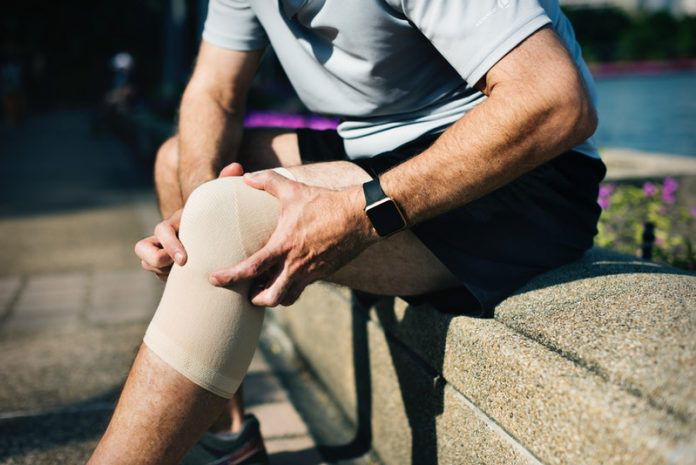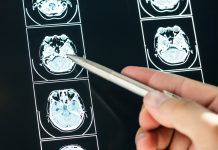
A new study found that many people surviving a stroke are not screened for common bone disease, osteoporosis.
These patients are also not screened for broken bones or fall risk.
This is quite dangerous because stroke is a risk factor for all three health conditions.
The research was conducted by a team from the University of Toronto in Canada.
Previous research has shown that people surviving a stroke often have reduced mobility. Their bone mineral density decreases and the risk of bone breaks increases.
However, how many patients are screened for bone problems was unclear.
In the current study, the team examined stroke survivors age 65 and older.
These patients either had visited the emergency department or had been hospitalized for strokes between 2003 and 2013
The researchers checked information about bone mineral density testing, prescription medications and deaths in these patients.
They found that only about 5% of patients had bone mineral density testing. About 15.5% were prescribed medications for osteoporosis within one year after stroke.
Only a small percentage of stroke survivors were prescribed medications for osteoporosis for the first time.
The results also showed that the overall screening and treatment for osteoporosis and related bone conditions was low.
But certain stroke survivors had a higher chance of having bone mineral density testing. These survivors were younger, female and had low-trauma fractures after their stroke.
In addition, some patients were more likely to get medications for osteoporosis post-stroke.
These patients were female, already had osteoporosis or broken bones previously, who had bone mineral density testing previously and who had fallen or broken bones after stroke.
The team suggests that only a small number of stroke patients are tested and treated for osteoporosis.
These people have a higher risk of bone problems and falling and should be tested more.
This will help find people who have a risk of fractures and help prevent and treat bone loss and fractures.
The lead author of the study is Moira Kapral, M.D., M.Sc., FRCPC, professor of medicine.
The study is published in the American Heart Association’s journal Stroke.
Copyright © 2019 Knowridge Science Report. All rights reserved.



